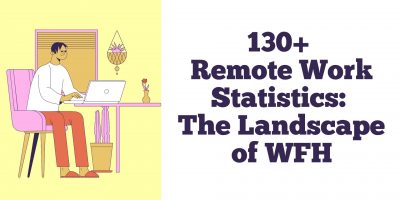
What do Employee Background Checks Look for?
Unveil the role of employee background checks in the hiring process and their importance in creating a safe work environment.

Even though it may sound unbelievable, the first notion of coworking can be traced back to 1995. A hackerspace called C-Base in Berlin is regarded as the predecessor of coworking spaces.
It aimed to provide computer enthusiasts with a collaborative working environment.
Four years later, “coworking” was coined to describe an innovative working method that increased collaboration and removed professional hierarchy. Many people agreed with this creative way of working, and by the 2000s, the first coworking spaces opened. The rapid coworking growth was inevitable.
Today, many professionals, especially those that work as a part of a remote team, opt to work in coworking hubs.
Coworking is more than a trend now, and here are some coworking statistics that will show how popular this working method truly is.



Browse our curated list of vendors to find the best solution for your needs.
Subscribe to our newsletter for the latest trends, expert tips, and workplace insights!

Unveil the role of employee background checks in the hiring process and their importance in creating a safe work environment.

Favoritism in the workplace often operates quietly, shaping decisions and relationships in ways that can undermine fairness and trust. How can companies address this challenge before it creates a toxic workplace and stunts organizational growth?

Just like the growing trend of “life coaches” for those interested in self-development, executive coaching has become a valuable training resource for American businesses.

Revitalize your approach to remote work with innovative virtual programs and strategies, seamlessly uniting in-office and remote teams for a comprehensive well-being experience.
Used by most of the top employee benefits consultants in the US, Shortlister is where you can find, research and select HR and benefits vendors for your clients.
Shortlister helps you reach your ideal prospects. Claim your free account to control your message and receive employer, consultant and health plan leads.